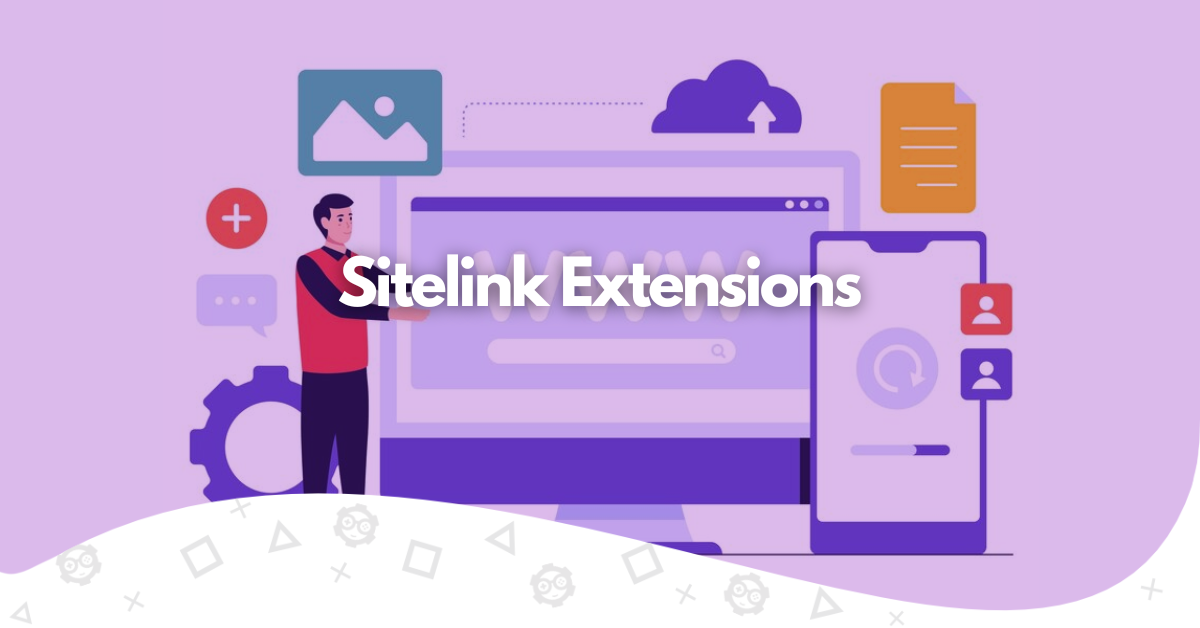Tracing the adventure of ‘FoodonTV’ from Gujarat farms to getting millions of subscribers
Google Ads is the prime digital advertising platform, with various tools to ensure advertisers achieve an optimal reach by enhancing their campaigns. According to one of Google Ads’ most vital qualities, it uses ad extensions that greatly help promote the product or service. With ad extensions, you can include extra information with your ad that potential customers may be interested in and thus make your ad even more relevant and engaging. These networks mean we can engage audiences through various formats designed for a particular advertising objective.

Here’s a detailed discussion of the various types of ad extensions available in Google Ads Manager:
Sitelink Extensions:
Extended links make it possible to incorporate additional links to pages on the website into the ad. They can take users to sections that relate to a product, service, or landing page. Sitelinks help to occupy additional space and, at the same time, grant users more choice of options to do something, further enhancing chances for participation and winning.
Callout Extensions:
The Callout extension lets advertisers pick any crucial selling points, benefits or offers that should be displayed within the ad. Such phrases or snippets sometimes extend below the ad’s description. Extensions can be used to emphasize unique characteristics, the special offer, or speak to anything interesting to the audience and make them click the ad.
Structured Snippet Extensions:
With structured snippets, the keyword can build in a list of attributes for a specific product or service that can be displayed in a structured format. Marketers can opt for pre-defined categories, an option for brands, product segments or services of different brands to advertise. Duly format texts also enclose longer text snippets of what the business offers, bettering the clicks’ relevance and targeting.
Call Extensions:
Regarding search ads, call extensions help advertisers list a phone number in the ad. This allows the users to connect to the business directly and makes it easier for them to contact the business. This function benefits companies that receive calls through conversions, such as local service providers or companies with call centers. Call buttons will boost conversions that take place offline, hiking the campaigns’ performance.
Location Extensions:
Location extensions provide Google searchers with the business address and contact information right within the ad. Thus, they are relevant for businesses with physical outlets like retailers, restaurants and service shops. Location ads ensure the visibility of nearby businesses and stimulate foot traffic among target consumers. They should be the core component of the local advertising campaign. Moreover, leading search engines offer to edit the business profile and add rich media (e.g., photos and videos) at no cost to local businesses.
Affiliate Location Extensions:
Affiliate location extensions mimic location extensions in a bit that focuses on businesses that sell goods through retail chains and partners. They show consumers the nearest brands’ stores on the map and point out the whereabouts of these products, which makes buying them easy and encourages offline sales.
Promotion Extensions:
Promotional extensions allow advertisers to have their special offers, discounts, and sales fly directly within their ads featured. Depending on the kind of promotion (e.g. discount calculated as a percent of the original price, monetary, or a promotion code), the advertiser specifies in advance. One of the ways promotions work effectively is by expansion, which helps attract attention and encourages users to use the offer, which leads to an increment in conversion and sales.
Final Thoughts
There are numerous ad extensions available where advertisers can choose to be creative and perhaps improve the results of their advertising initiatives. Using such extensions, the advertisers give customers more than enough information, invite them to their actions and encourage conversions, which lead to phone calls or clicks. Every form of extension is entitled to a particular duty, and it is the expected duty of the advertiser to customize this category of extensions according to the objectives that drive the campaign and the offerings made, as this, in turn, helps to elevate the performance, productivity and success of the advertisers.
